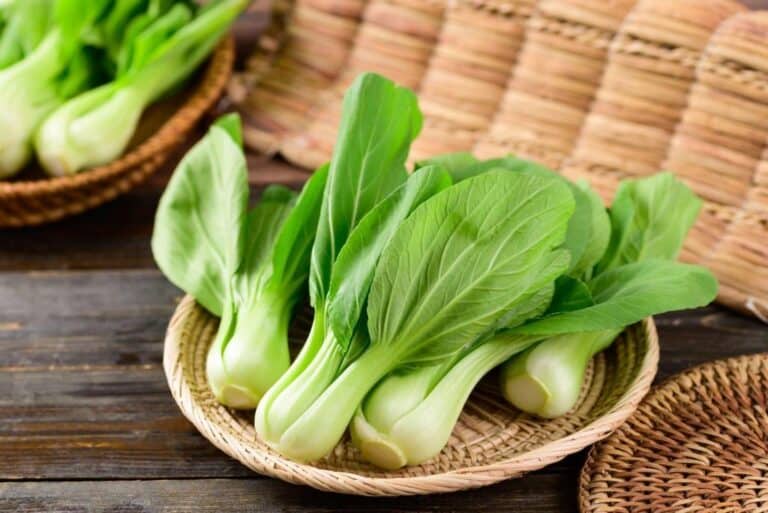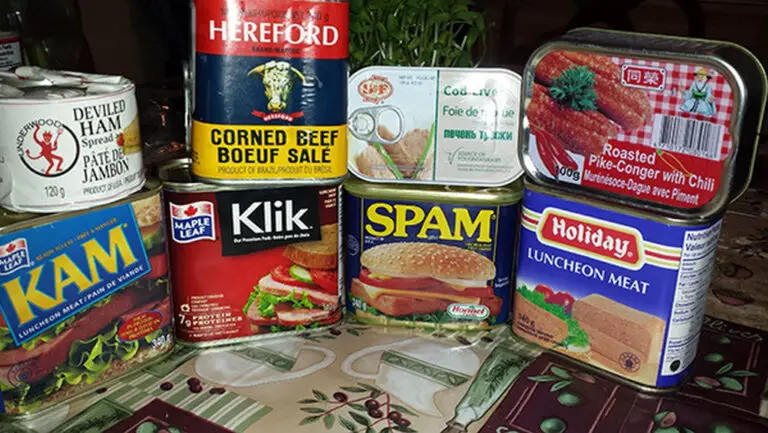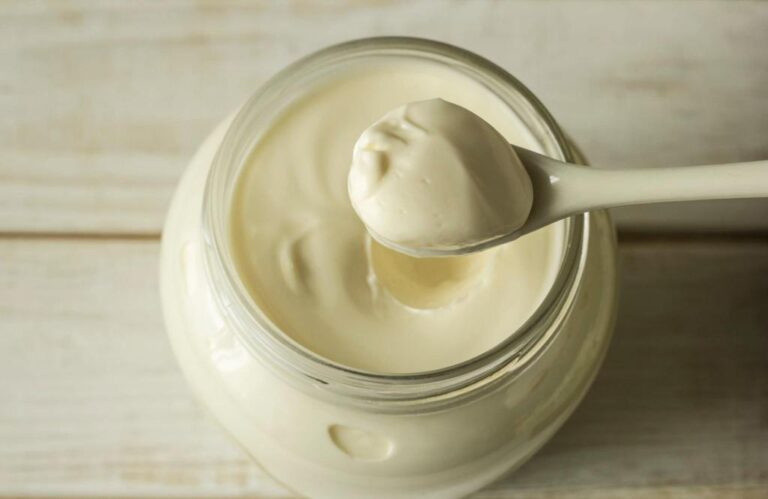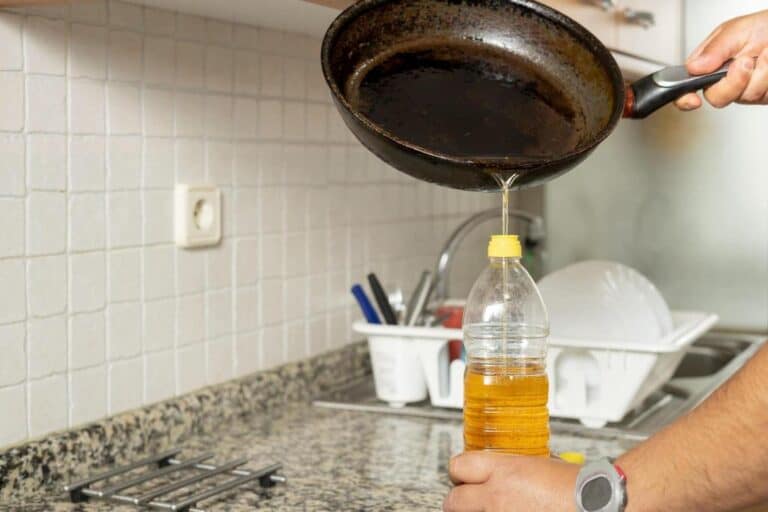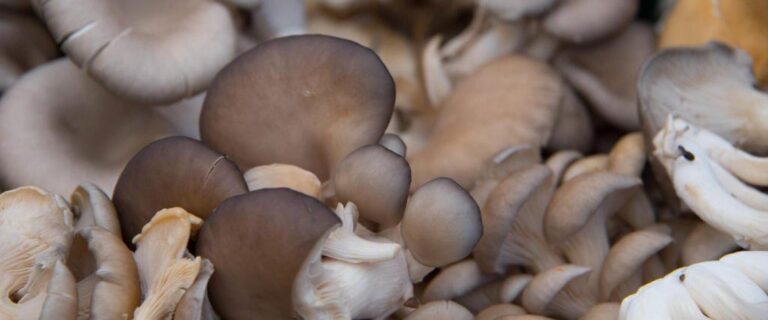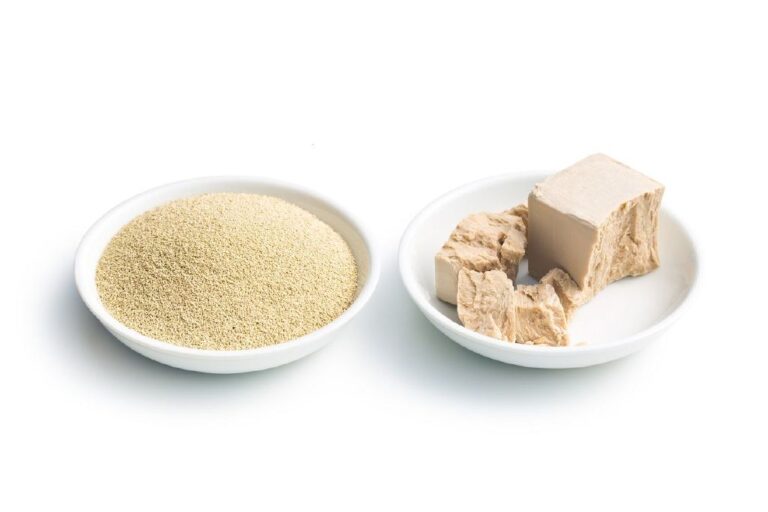Can You Eat Rhubarb After It Flowers: The Safety of Rhubarb Flowers
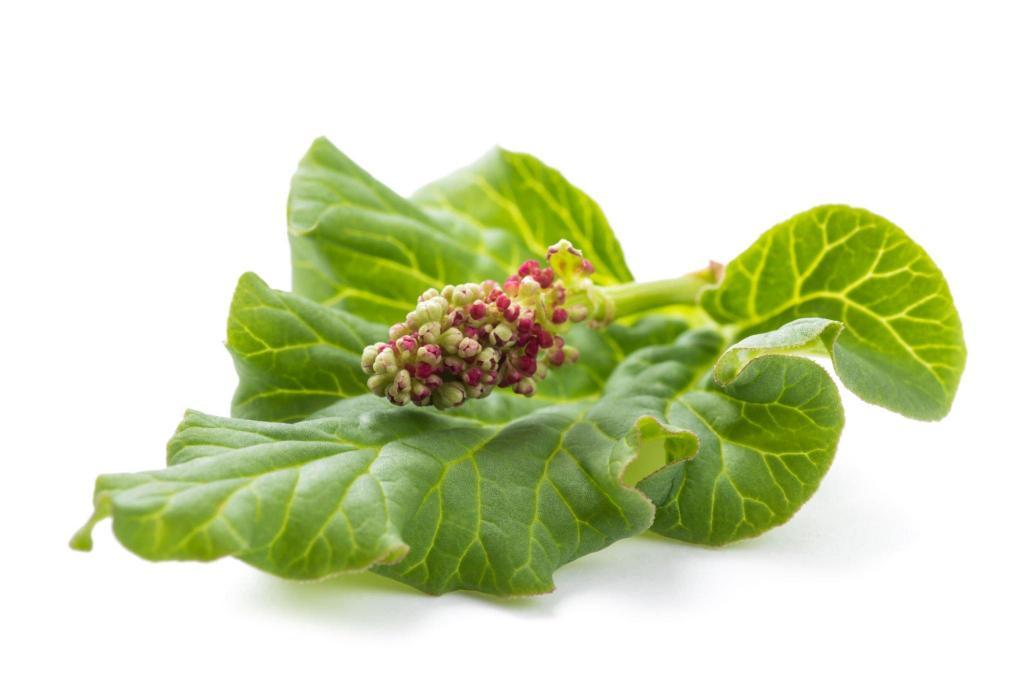
Rhubarb is a popular vegetable used in many dishes, from sauces to pies. But did you know that rhubarb can flower? This begs the question: Can you eat rhubarb after it flowers?
The answer may not be as straightforward as you think. Yes, you can eat rhubarb after it flowers, but it’s important to understand a bit about rhubarb and its safety. If you’re considering eating rhubarb flowers, you need to understand the risks involved and make an informed choice.
In this article, we’ll delve deeper into the safety of rhubarb flowers, examining the potential health risks and discussing whether or not it’s worth taking the chance. We’ll also provide tips on how to safely enjoy rhubarb in all its delicious forms, whether or not it’s in flower.
By the end of this article, you’ll have a better understanding of the safety of rhubarb flowers and be equipped to make the best choice for you and your family.
Rhubarb Flowers Appearance
The flowers of a rhubarb plant are relatively small and delicate, measuring only about 1/8 inch (3 mm) in diameter. They are generally green in color, but can range from a pale yellow-green to a darker, more vibrant green depending on the specific variety of rhubarb.
The flowers are arranged in large, loose clusters at the top of long stems that can reach up to 2 feet (60 cm) tall. Each rhubarb flower is made up of six small petals that form a shallow cup shape. The petals are arranged in a star-like pattern around a central point, which is where the flower’s reproductive organs are located.
The flowers have a slightly sweet, floral scent, but are generally not as fragrant as other flowering plants.
As the flowers mature, they may start to develop small, seed-like structures at their centers. These structures are the developing fruits of the plant, which are known as achenes. The achenes are generally too small and hard to be consumed, but they can be used to propagate new rhubarb plants if desired.
Can You Eat Rhubarb After It Flowers?
Many people are unsure about whether they can still eat rhubarb after it flowers. The short answer is yes, you can still eat rhubarb after it flowers, but there are some important things to keep in mind.
Firstly, take note that the flavor of rhubarb can change after it flowers. The plant may become more bitter, and the stalks may become woody. This can make the rhubarb less enjoyable to eat, but it is still safe to consume.
One thing to keep in mind is that if the plant has been allowed to flower, it may be reaching the end of its growing season. This means that the stalks may not be as tender or as flavorful as they would be earlier in the season. But this can be lessened by taking good care of the plant during the growing season, like watering and fertilizing it regularly.
Another important consideration is that if the plant has been allowed to flower, it may be producing seeds. While these seeds are not harmful, they can make the stalks more fibrous and less enjoyable to eat.
To avoid this, it’s recommended to cut off the flower stalks as soon as they appear. This will help make sure the plant keeps making soft, tasty stalks all through the growing season.
Rhubarb Flowers: Edible or Not?
Rhubarb plants are known for their tart, delicious stalks that are often used in pies, jams, and other desserts. Some gardeners may be curious about the small flowers that grow on rhubarb plants.
The question arises: can you eat rhubarb flowers? The short answer is yes, but with caution.
While rhubarb flowers are technically edible, they are not commonly eaten and can even be harmful. Rhubarb flowers contain oxalic acid, just like the stalks and leaves of the plant.
Consuming large amounts of oxalic acid can cause kidney stones and other health problems. It’s best to avoid eating rhubarb flowers unless you’re certain that they’re safe to eat.
If you do decide to eat rhubarb flowers, make sure to do so in moderation. Eating a few flowers here and there is unlikely to cause any harm, but it’s still important to be cautious. If you’re unsure about the safety of rhubarb flowers, it’s best to consult with a gardening expert or a medical professional.
Can You Eat All of the Rhubarb Plant?
Rhubarb is known for being a popular ingredient in pies and crumbles, but many people are unsure about what parts of the rhubarb plant are safe to eat.
As previously mentioned, rhubarb leaves are poisonous and not suitable for human consumption. They have a lot of oxalic acid in them, which can cause hypercalciuria and calcium oxalate crystals to build up in the organs.
Symptoms of rhubarb leaf poisoning can include vomiting, diarrhea, and abdominal pain, and in severe cases, they can even lead to kidney failure. For this reason, it’s better to discard the leaves and only consume the stalks of the rhubarb plant.
The good news is that the stalks of a rhubarb plant are perfectly safe to eat and can be used in a variety of dishes. In fact, you can even eat rhubarb raw, but be warned, they are very tart!
When selecting rhubarb stalks for consumption, choose stalks that are firm and crisp. If the stalks are limp or have a mushy texture, they are likely past their prime and should be discarded.
To prepare rhubarb stalks for cooking, simply wash them under cold running water and trim off the ends. From there, you can cut them into pieces or leave them whole, depending on the recipe.
How Do You Eat Rhubarb Safely?
Rhubarb is a unique and versatile plant that can be a great addition to many dishes. However, it is essential to know how to eat rhubarb safely to avoid any potential health risks. Here are some tips on how to eat rhubarb safely.
- Firstly, make sure to only consume the stalks of the rhubarb plant. The leaves of the rhubarb plant contain oxalic acid, which can be harmful if consumed in large amounts. Oxalic acid can cause kidney damage, so it’s important to avoid eating the leaves entirely.
- Always wash rhubarb thoroughly before consuming it. Dirt and debris can cling to the stalks, so washing them with cool water will remove any unwanted particles.
- Cook rhubarb thoroughly before eating it. Cooking will help break down the oxalic acid, making it safer to consume. Rhubarb can be baked, stewed, or poached, among other methods.
- Lastly, consume rhubarb in moderation. While rhubarb is generally safe to eat, consuming large amounts of it can cause stomach upset, diarrhea, or other digestive issues. It’s best to enjoy rhubarb in moderation and incorporate it into a balanced diet.
How to Use Rhubarb Flowers in Cooking
While it’s true that rhubarb leaves are toxic, the flowering stems of the plant are not only safe to eat but also add a delightful flavor and fragrance to dishes. When rhubarb is left to flower, it produces tall, thin stems topped with delicate clusters of small flowers in shades of pink and white.
These flowering stems are a great addition to any recipe that calls for a hint of sweetness and a touch of tartness.
Here are some creative ways to use rhubarb flowers in your cooking.
- One simple way to use rhubarb flowers is to add them to salads. The delicate flowers can be sprinkled over a bed of greens, providing a pop of color and a subtle tanginess that pairs well with vinaigrettes. You can also use them to garnish cold soups like gazpacho or chilled cucumber soup.
- Another way to use rhubarb flowers is to infuse them in simple syrups or steep them in tea. The flowers have a pleasant smell and a mild taste that go well in cocktails and mocktails. You can also use the syrup as a topping for pancakes or waffles, or drizzle it over ice cream for a unique dessert.
- If you’re feeling more adventurous, you can even bake with rhubarb flowers. Try adding them to scones or muffins for a burst of flavor and color.
- You can also make a rhubarb flower compote by cooking the flowers down with sugar and a little bit of water until it becomes syrupy. The resulting compote can be used as a topping for yogurt, oatmeal, or even as a sauce for grilled meats. The possibilities are endless when it comes to using rhubarb flowers in your cooking, so don’t be afraid to experiment and have fun with them!

